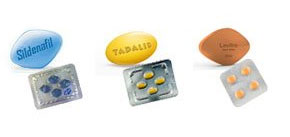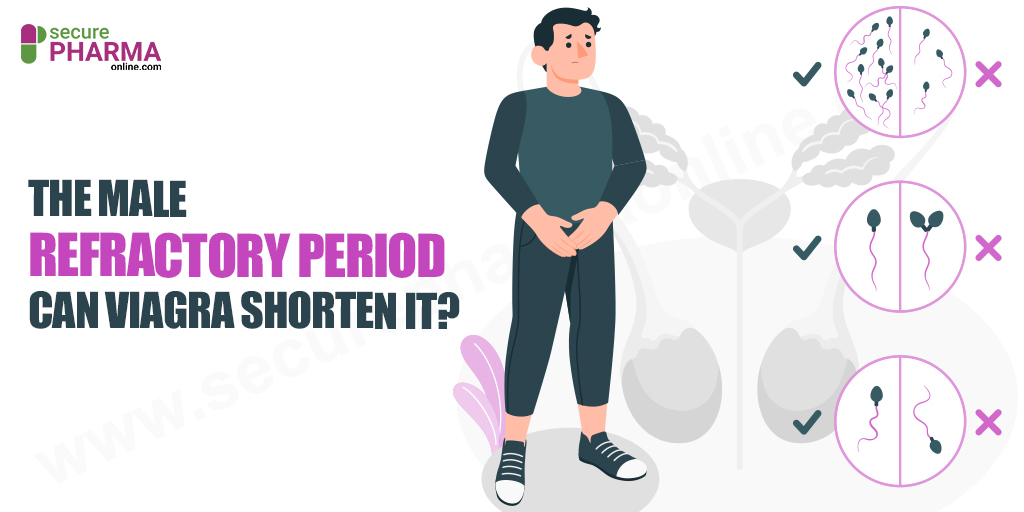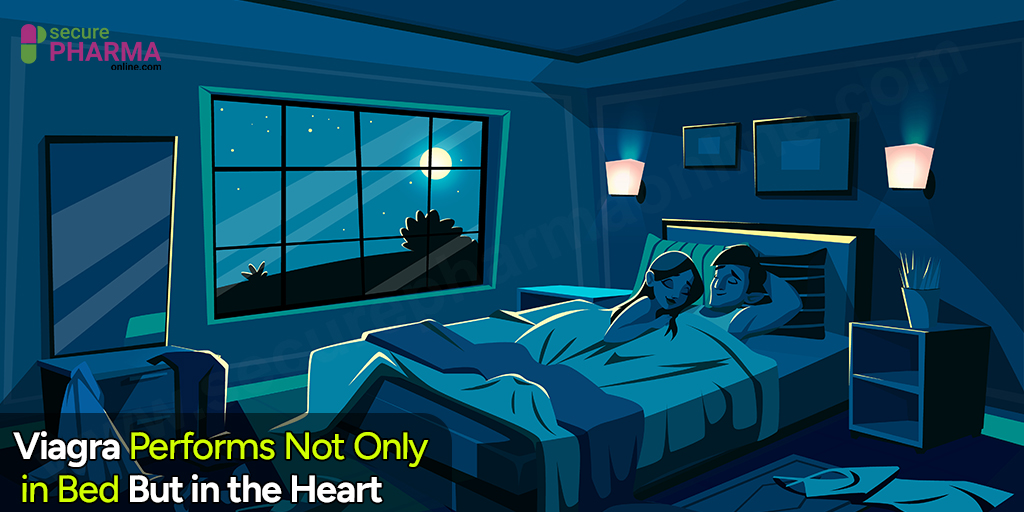Glaucoma: Symptoms, Treatments, And Medications

What Is Glaucoma?
Glaucoma is a disease that damages the eye’s optic nerve and occurs when there is a build-up of fluid in the front part of the eye. This extra fluid increases the pressure on the eyes and damages the optic nerve.
The two most common types of glaucoma are primary open-angle glaucoma and close-angle glaucoma. In open-angle glaucoma, the eye does not drain fluid as required, which builds up pressure on the eye and damages the optic nerve in the process.
In close-angle glaucoma, the iris is very close to the drainage angle which leads to increased pressure on the optic nerve and damages it. This type of glaucoma can result in severe attacks, requiring immediate medical attention to be contained.
Symptoms Of Glaucoma
People with glaucoma complain of severe eye pain and blurred vision from time to time. In some cases, the vision can lead us to perceive halos and rainbow-like streaks around us. It also causes reddening of the eye and watering too. In cases of close-angle glaucoma, the eye pressure increases rapidly and makes the cornea cloudy.
One might experience severe symptoms like sudden blurry vision, and in some cases, even sight loss, accompanied by severe head and eye pain.
The diagnosis of glaucoma is a simple procedure where the doctors test a person’s vision and use drops to dilate the pupils to examine the optic nerve of the eye more closely.
Treatments For Glaucoma
The treatment for glaucoma is mostly centered on draining the liquid accumulation in the eyes which causes strain in the optic nerve and can severely damage it if not treated in time. Most treatment procedures do not require hospitalization and patients start recovering within 4-6 weeks. The following are the most commonly prescribed courses of treatment by the doctors.
1. Laser Surgery
During a laser treatment, the patient is required to sit before a laser machine where the ophthalmologist aims a laser into the eye to drain the fluid accumulation and relieve the pressure in it.
Three laser surgeries are prescribed by ophthalmologists to treat glaucoma. They are Argon Laser Trabeculoplasty (ALT) and Selective Laser Trabeculoplasty (SLT) to treat primary open-angle glaucoma, and Laser Peripheral Iridotomy (LPI) to treat close-angle glaucoma.
In Argon Laser Trabeculoplasty, a laser channel helps the drainage system of the eye work better by opening up the fluid channels of the eyes. It prevents over-correction and lowers any post-surgery complications.
In Selective Laser Trabeculoplasty, a very low-level laser is used to selectively treat cells to lower the intraocular pressure in the eye. This procedure can be safely repeated due to its negligent side effects and low intensity.
In Laser Peripheral Iridotomy (LPI), a laser is used to treat relative or absolute papillary block. In this procedure, a small hole is made in the iris to drain the blocked fluid build-up in the eyes due to the small angle between the iris and the cornea.
2. Glaucoma Drainage Implant
This is a small device placed in the eye to treat glaucoma by creating a way for the built-up fluid in the eye to drain out. A tiny and flexible tube attached to a silicon drainage pouch is inserted in the front part of the eye through which the fluid drains out and is also absorbed into nearby blood vessels which reduces the eye pressure.
This procedure is recommended for patients who do not show improvements despite taking medication to cure glaucoma or who have already undergone laser surgery without much change. The procedure is followed up by a course of medication to prevent infection, itching, and scarring in weeks after the procedure.
3. Microinvasive Glaucoma Surgery (MIGS)
MIGS is a category of procedures in which microscopic equipment is used along with tiny invasions to drain the liquid build-up in the eye and reduce the pressure on the optic nerve.
Due to the minimally invasive techniques used under this procedure, patients report faster recoveries. There are also relatively lower incidences of post-operative side effects and complications.
4. Conventional Surgery
Patients who do not show improvement even after medication or laser surgeries are recommended conventional surgeries to cure glaucoma. The two most common types of conventional surgeries used to treat glaucoma are:
4.1. Trabeculectomy
This procedure is used to treat close-angle glaucoma. In this surgery, ophthalmologists remove a part of the bunched-up outer edge of the iris by creating a tiny flap in the sclera. This prevents the liquid to be drained and causes a build-up. Conventional surgery helps in unblocking the drainage canal which helps the extra fluid to drain out.
4.2. Incisional Surgery
This procedure is also known as filtering surgery or sclerotomy. A tiny drainage hole is made in the white part of the eye called sclera which allows the fluid build-up in the eye to flow out, in turn reducing the damage to the optic nerve.
The Glaucoma Research Foundation has reported a 70%-90% recovery rate in patients who have opted for this procedure. Although some patients might experience blurred vision for about six weeks after undergoing this procedure, they are not worrisome symptoms and usually go away in six weeks.
Medications For Glaucoma
Most patients who are diagnosed with glaucoma are first recommended a course of medication to cure the disease. It is only when the medication fails to improve the condition that other forms of treatment are anticipated.
Some of the side-effects commonly associated with medicines taken to treat glaucoma are a burning or stinging sensation in the eye, high blood pressure, fatigue, headache, and drowsiness. Patients on these medications are also advised to drink a high quantity of water to avoid getting a dry mouth or losing the sense of taste.
The different types of medication used to treat glaucoma, like Bimatoprost and Brimonidine Tartrate. Such medicines can be categorized as:
- Beta-Blockers: They work by blocking sympathetic nerve endings in the eye that decreases the fluid build-up and simultaneously helps in lowering intraocular pressure. Eye drops and oral pills contain beta-blockers.
- Prostaglandin: They are used to treat open-angle glaucoma and work by decreasing the intraocular fluid build-up in the eye. They might lead to the development of eyelashes or change the color of the iris in some cases.
- Rho Kinase Inhibitors: These are a new class of drugs that help the outflow of aqueous liquid from the eye by reversing structural and functional damage at the drainage meshwork of the eye.
- Alpha-adrenergic Agonists: They are available in eye drops and reduce the number of fluids that our eyes make. The stoppage of this excessive fluid production prevents its accumulation in the eye and, in turn, keeps infections such as glaucoma at bay.
- Cholinergic Agents: They help in draining intraocular liquid by making the pupils smaller.
Conclusion
One must consult an ophthalmologist as soon as he/she experiences problems with their vision, mainly to get them tested for glaucoma. Although it can be a painful disease that might impair the day-to-day functioning of a patient, it is easily curable through treatment or a combination of medication and treatment. A recovered person should not miss the follow-up visits with the ophthalmologist to prevent a recurrence of glaucoma or its occurrence in the other eye.
October 14, 2020 Sam Bell











Comments